Why is my WiFi network slow?

Slow WiFi speeds can be incredibly frustrating for users, especially in today’s fast-paced, connected world. Whether you’re trying to stream a movie, play online games, or simply browse the internet, slow WiFi can hinder your experience and leave you feeling frustrated. In this article, we will explore some of the common reasons for slow WiFi speeds and provide tips on how to improve your connection.
Key Takeaways
- Interference from other devices can cause slow internet speeds.
- Outdated router firmware can lead to security vulnerabilities and slow speeds.
- Distance from the router can weaken the signal and slow down internet speeds.
- Network congestion can occur during peak usage times and slow down internet speeds.
- Bandwidth limitations can cause slow internet speeds, especially when multiple devices are connected.
Interference from other devices
One of the main reasons for slow WiFi speeds is interference from other devices. Microwaves, cordless phones, and Bluetooth devices can all interfere with WiFi signals, causing them to weaken and slow down. Microwaves emit electromagnetic waves that can disrupt WiFi signals, while cordless phones and Bluetooth devices operate on similar frequencies as WiFi routers.
To minimize interference from these devices, it is important to keep them away from your WiFi router. Try to place your router in a central location in your home and away from any potential sources of interference. Additionally, consider using a dual-band router that operates on both 2.4GHz and 5GHz frequencies. This can help reduce interference and improve your WiFi speeds.
Outdated router firmware
Another common cause of slow WiFi speeds is outdated router firmware. Router manufacturers regularly release firmware updates that include bug fixes, security patches, and performance improvements. If you haven’t updated your router’s firmware in a while, it could be causing your WiFi speeds to suffer.
To update your router’s firmware, you will need to access its settings page. This can usually be done by typing the router’s IP address into a web browser. Once you’re on the settings page, look for a section that allows you to update the firmware. Follow the instructions provided by the manufacturer to complete the update process.
Distance from the router
The distance between your device and the router can also have a significant impact on WiFi speeds. The further away you are from the router, the weaker the WiFi signal will be, resulting in slower speeds. This is especially true if there are walls or other physical barriers between your device and the router.
To improve your WiFi speeds, try moving closer to the router. If possible, consider relocating the router to a more central location in your home. This can help ensure that the WiFi signal reaches all areas of your home more effectively. Additionally, you can use WiFi range extenders or mesh WiFi systems to extend the range of your WiFi network.
Network congestion
Network congestion can also cause slow WiFi speeds. If there are too many devices connected to your WiFi network at once, it can put a strain on the network and result in slower speeds for everyone. This is especially common in households with multiple users streaming videos, playing online games, or downloading large files simultaneously.
To minimize network congestion, consider limiting the number of devices connected to your WiFi network at once. You can also prioritize certain devices or applications that require more bandwidth, such as streaming services or online gaming platforms. Additionally, you may want to consider upgrading your internet plan to a higher speed if you consistently experience network congestion.
Bandwidth limitations

Bandwidth limitations can also contribute to slow WiFi speeds. Internet service providers often impose data caps or throttle internet speeds after a certain amount of data has been used. If you exceed these limits, your WiFi speeds may be significantly reduced.
To increase your bandwidth and improve WiFi speeds, consider upgrading your internet plan to one with higher speeds and no data caps. This will provide you with more bandwidth and allow for faster internet connections. Additionally, you can monitor your data usage and adjust your online activities accordingly to avoid exceeding any limits imposed by your internet service provider.
Interference from walls and other physical barriers
Walls and other physical barriers can interfere with WiFi signals and cause them to weaken, resulting in slower speeds. The materials used in walls, such as concrete or metal, can block or absorb WiFi signals, making it difficult for them to reach your device.
To minimize interference from walls and other physical barriers, try to position your router in a location where the WiFi signal can easily penetrate through walls. Avoid placing the router near large metal objects or appliances that can block the signal. Additionally, you can use WiFi range extenders or mesh WiFi systems to improve the coverage and reach of your WiFi network.
Outdated network card drivers
Outdated network card drivers can also contribute to slow WiFi speeds. Network card drivers are software programs that allow your computer to communicate with the network hardware, including the WiFi adapter. If these drivers are outdated or incompatible, they can cause connectivity issues and slow down your WiFi speeds.
To update your network card drivers, you will need to visit the manufacturer’s website and download the latest drivers for your specific network card model. Once downloaded, run the installer and follow the on-screen instructions to update the drivers. After updating the drivers, restart your computer to apply the changes.
Guest WiFi network usage
Another factor that can cause slow WiFi speeds is guest WiFi network usage. If you have a guest network set up on your router, it is possible that guests or unauthorized users are connecting to it and using up bandwidth, resulting in slower speeds for you.
To minimize guest WiFi network usage, consider disabling the guest network when it is not needed. This will prevent unauthorized users from connecting to your WiFi network and using up bandwidth. Additionally, you can set up a separate guest network with limited bandwidth or time restrictions to ensure that guests do not consume excessive amounts of bandwidth.
Conclusion and solutions
In conclusion, slow WiFi speeds can be frustrating but there are several factors that can contribute to this issue. Interference from other devices, outdated router firmware, distance from the router, network congestion, bandwidth limitations, interference from walls and physical barriers, outdated network card drivers, and guest WiFi network usage can all impact WiFi speeds.
To improve your WiFi speeds, consider minimizing interference from other devices by keeping them away from your router. Update your router’s firmware regularly to ensure optimal performance. Move closer to the router or use WiFi range extenders to improve signal strength. Minimize network congestion by limiting the number of devices connected to your WiFi network and upgrading your internet plan if necessary. Increase bandwidth by upgrading your internet plan and monitoring your data usage. Minimize interference from walls and physical barriers by positioning your router strategically and using WiFi range extenders. Update your network card drivers to ensure compatibility and optimal performance. Finally, manage guest WiFi network usage by disabling it when not needed or setting up restrictions.
By following these tips and solutions, you can significantly improve your WiFi speeds and enjoy a faster, more reliable internet connection.
If you’re wondering why your WiFi network is slow, you may want to check out this article on how to revolutionize your business with a custom WiFi hotspot portal. This article from AIWiFi explores the benefits of creating a customized WiFi login portal for your business, which can enhance user experience and improve network security. By implementing a custom hotspot portal, you can streamline user access and ensure a reliable and secure WiFi connection for your customers. To learn more about this innovative solution, click here.

